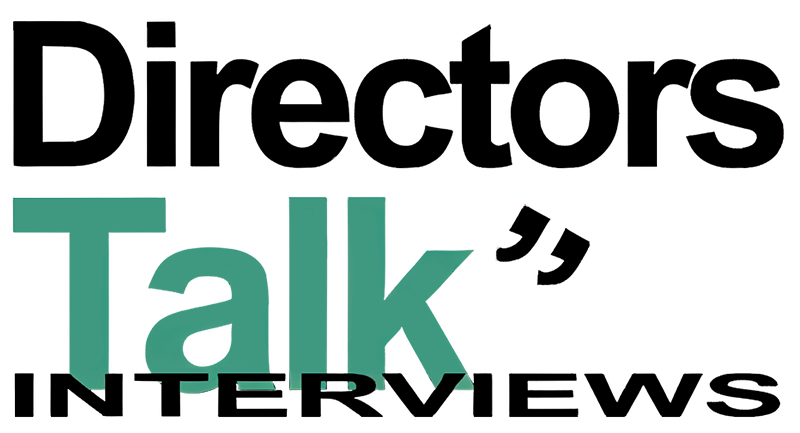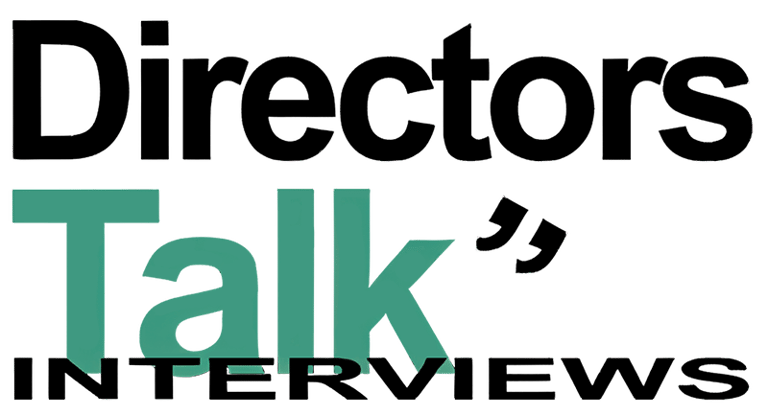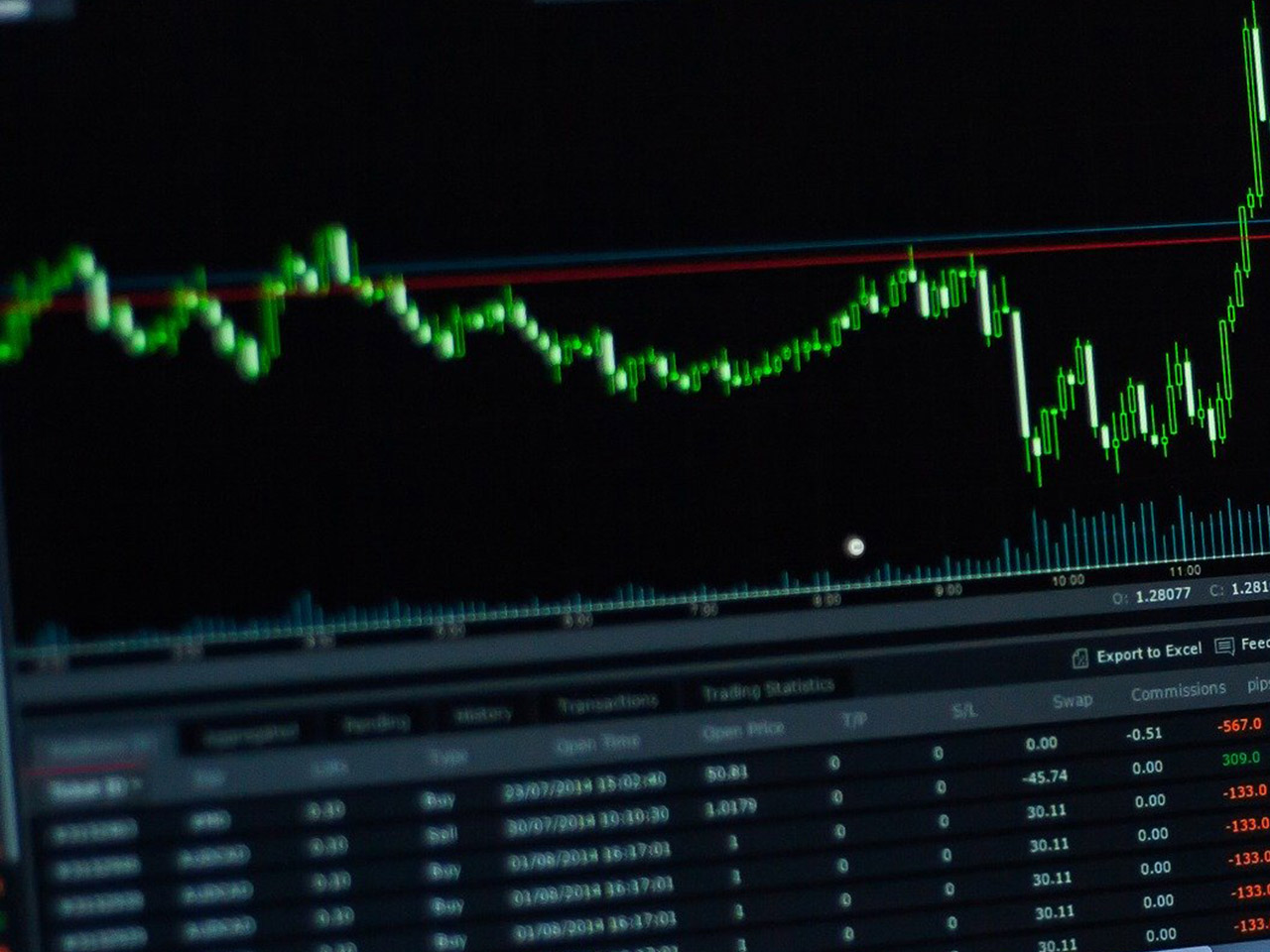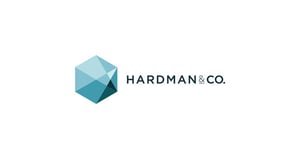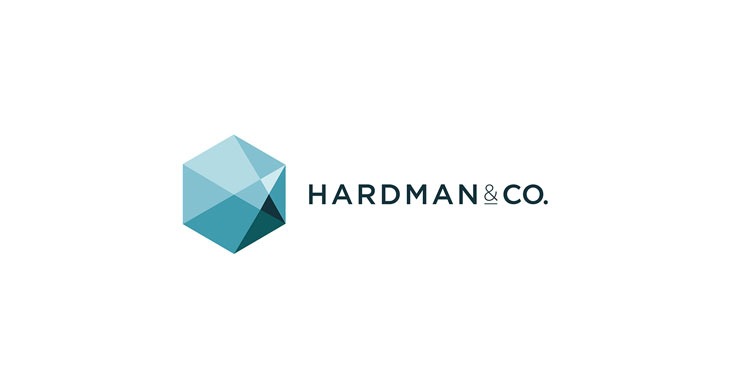Erasca, Inc. (NASDAQ: ERAS), a clinical-stage biopharmaceutical company, is capturing the attention of investors with its ambitious pursuit to develop therapies targeting RAS/MAPK pathway-driven cancers. With a current market cap of approximately $390.94 million, Erasca stands out in the biotechnology sector, specifically within the healthcare industry, by focusing on precision oncology. The company, based in San Diego, California, aims to revolutionize cancer treatment with its innovative pipeline of products.
The company’s lead product, naporafenib, is in the SEACRAFT-2 pivotal Phase 3 trial for patients with NRAS-mutated melanoma and SEACRAFT-1 Phase 1b trial for patients with NRAS Q61X melanoma. Beyond naporafenib, Erasca is advancing several other promising candidates, including ERAS-0015, a pan-RAS molecular glue, and ERAS-4001, a pan-KRAS inhibitor, both targeting RAS-altered solid tumors. The development of ERAS-12, an investigational EGFR biparatopic antibody, and ERAS-801, a CNS-penetrant EGFR inhibitor, further underscores the company’s comprehensive approach to tackling complex cancers.
Despite the evident promise, Erasca’s financials reveal a typical profile of a clinical-stage biotech firm. The company currently reports no revenue, with a negative EPS of -0.57 and a significant free cash flow deficit of approximately $91.9 million. The absence of a P/E ratio, coupled with a substantial negative return on equity of -45.82%, may raise eyebrows among risk-averse investors. However, these metrics are not uncommon in the biotech industry, where high R&D costs often precede revenue generation.
Investor sentiment, however, remains notably optimistic. Analysts express strong confidence in Erasca, reflected in the unanimous buy ratings from eight analysts, with no hold or sell recommendations. The target price range for the stock, spanning from $3.00 to $11.00, suggests a staggering potential upside of 314.08% from the current price of $1.38. The average target price stands at $5.71, indicating substantial growth potential.
From a technical perspective, Erasca’s stock is trading slightly above its 50-day moving average of $1.37 but well below its 200-day moving average of $2.03. The RSI (Relative Strength Index) of 79.64 indicates that the stock may be overbought, a factor that investors should consider when evaluating short-term trading strategies. Meanwhile, the MACD (Moving Average Convergence Divergence) and signal line suggest a cautious sentiment, with the MACD slightly below the signal line.
Erasca’s strategic partnerships further enhance its growth outlook. Through a license agreement with Novartis, the company is developing naporafenib for commercial use. Collaborations with Katmai Pharmaceuticals and NiKang Therapeutics support the development of other promising candidates like ERAS-801 and ERAS-601, respectively. These alliances not only validate Erasca’s technological capabilities but also provide a pathway for potential market entry and commercialization.
For investors considering Erasca, the opportunity lies in its potential to pioneer breakthrough cancer treatments, which could transform patient outcomes and significantly reward early stakeholders. However, the inherent risks associated with clinical trials, regulatory approvals, and market competition should not be underestimated. As Erasca navigates these challenges, its progress in clinical trials and strategic milestones will be key indicators for investors to monitor closely.
